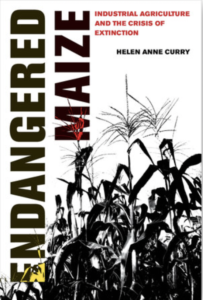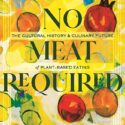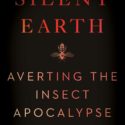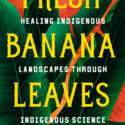Show Notes
2:23 | What is the “endangerment narrative”?
Key quote:
“There’s a whole history to the stories that we tell about what makes things endangered, what makes crops in danger of disappearing, that changes over time. These stories can tell us things about race, about imperialism… We have created a story about endangerment and it’s up to us to decide what elements of that story really are helpful.”
6:11 | Origins of endangerment in the early history of industrial agriculture
Helen situates the endangerment narrative in the early days of plant breeding in the late 19th century. The new science and practice of breeding “modern varieties” of crops created a paradox in which farmers were encouraged to abandon their old varieties, but breeders also became fearful that those “traditional” varieties (which they used to create new ones) would disappear.
Key quote:
“So you have breeders producing evermore predictable uniform varieties on the one hand, and then you have farmers abandoning the more diverse heterogeneous things that grew in different spaces, as well. And that’s the kernel of the early extinction narrative.”
14:35 | Endangerment as an outgrowth of settler colonialist & racist assumptions
The advance of settler colonialist agriculture in the Americas creates a sense of urgency around collecting or “salvaging” Native seeds before Indigenous communities inevitably (in the colonialist worldview) disappear.
Key quotes:
“Even though often not explicit, the endangerment narrative about crops has always been tied up with ideas about human communities disappearing or being transformed out of existence. So often the conservation work has focused on the plants, on the crops, on the seeds while assuming that the inevitable trajectory for their cultivators is one of disappearance.”
“[Native seed collections] were extracted from communities who didn’t receive the resources that they could have used to continue to develop their agriculture, to expand on the diversity that they already possessed. You then see how different people over the decades weren’t thinking about what it means to assume certain farmers will disappear—and the violence that is a part of that.”
19:01 | Defining ex situ (off site) vs. in situ (on site) seed conservation
What are the differences between these two conservation approaches and are they compatible? Helen talks about the Svalbard Global Seed Vault in the Arctic, calling it the “world’s sexiest seed bank” vs. the community seed bank model, which emerged in the 1980s.
Key quote:
“In situ conservation involves seeds being in the soil and cultivated and there being a relationship between the farmer and the diversity that we want to see conserved… as opposed to a relationship between a technician and a seed bank, which would be the kind of human-plant relationships more common in ex situ conservation.”
24:08 | Does diversity change and evolve over time? Is crop diversity inevitably declining or can we think about crop diversity increasing?
Helen talks about the difference between seeds being “frozen in time” in a gene bank vs. seeds being constantly transformed by farmers and environmental changes when preserved in the field. She also discusses how seeds conserved ex situ tend to select for seeds that “store well” (as opposed to having other desirable traits).
Key quote:
“I do think with respect to crop diversity, it does make sense to think of the possibilities of generating new diversity and making sure that communities have the resources and the support that they need to continue developing crops.”
28:00 | Crisis thinking & crisis narratives
Do narratives about endangerment or imminent crisis “block thought” and lead to hasty interventions that gloss over the interests of communities?
Key quotes:
“The fixation on the imminent crisis forestalled conversations about equity, about justice, about the troubling circumstances facing farmers in communities in many parts of the world.”
“If we can back off crisis talk even just a bit, does that create space for thinking in a more measured way about what it would take to make sure that justice is served as well as conservation achieved?”
34:03 | The story of glass gem corn
Helen shares the story of glass gem corn—the corn that broke the internet—and what it tells us about diversity and conservation.
Key quote:
“What I really like about the story of glass gem corn is that we so often have stories about varieties nearly lost and recovered in their historic form, seemingly unchanged, but here’s a kind of heirloom variety, a celebration of crop diversity that’s about something new, something different, about someone experimenting, tinkering, mixing—about a creative act.”
37:15 | Difference between conventional and food sovereignty approaches to seed conservation
Key quote:
“Seed sovereignty and the idea that it’s important for communities to have control over and the ability to develop seeds of culturally important crops, to feed themselves, and to sustain their communities… is conservation that puts the possibilities for human futures at their center.”

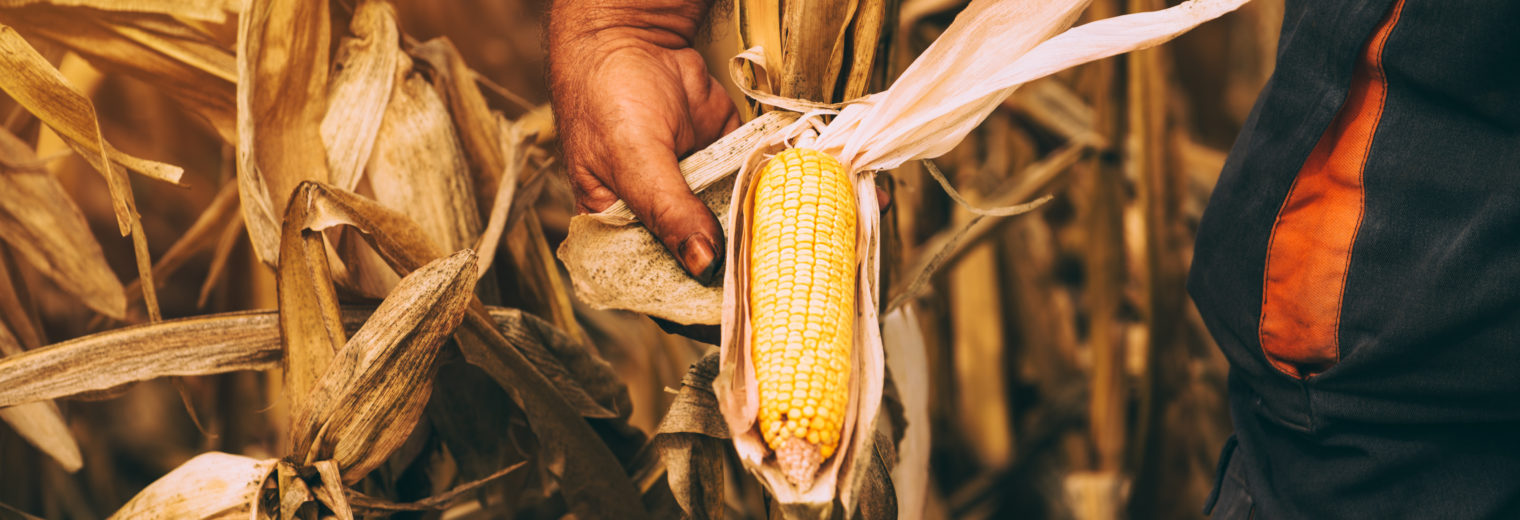
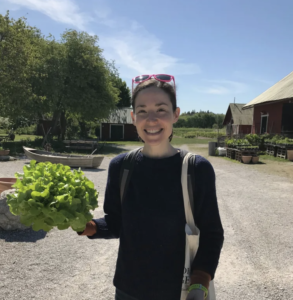 Helen Anne Curry is an associate professor in the Department of History and Philosophy of Science, University of Cambridge, and a fellow of Churchill College, Cambridge. She researches and teaches the history of recent science and technology, especially as it relates to food and agriculture.
Helen Anne Curry is an associate professor in the Department of History and Philosophy of Science, University of Cambridge, and a fellow of Churchill College, Cambridge. She researches and teaches the history of recent science and technology, especially as it relates to food and agriculture.